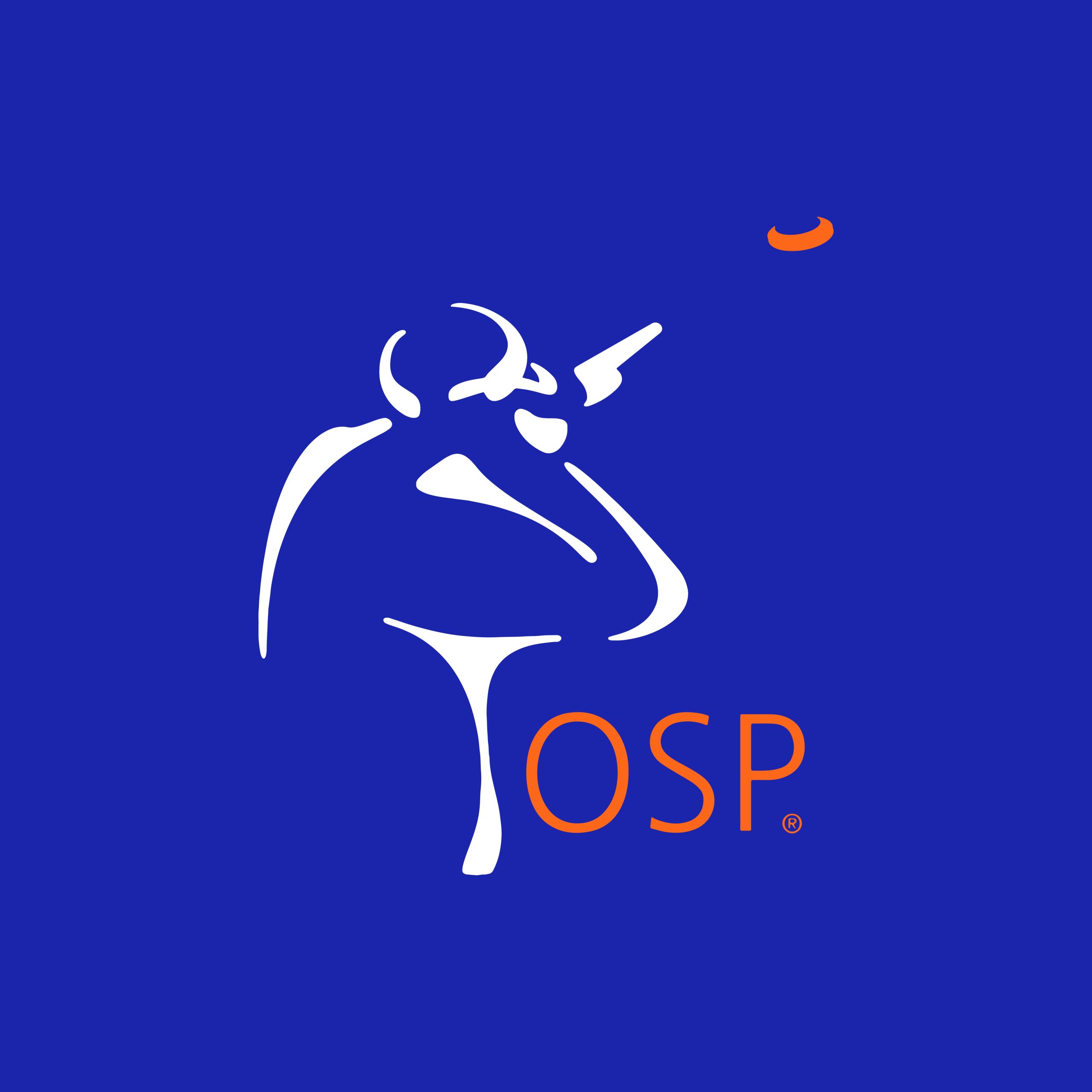Advance School #2
We began this school with a lot of talk about peripheral acceptance of the gun farther and farther behind the gun. This is such a hard thing to do, as it’s very uncomfortable. But the way to improve is to get very comfortable having the gun away from the target.
The brain’s job is to make you comfortable. Remember, the eyes don’t see. They are the receptors for the brain to get information. So our job is to do the three-bullet drill and the flashlight drill to get to where everyone is comfortable with the gun way out there. The gun is a part of the picture, so accept it when it comes into the picture. Since we are hardwired to look at things that come into the peripheral, we must learn to accept it so our eyes don’t go to it as soon as it comes into the picture.
How to do this? Preload the picture you want to see.
What does that mean? It means that before you call “pull,” tell yourself where the target needs to be to make this shot, either behind the barrel or across the barrel. This makes the picture very clear and less confusing. Not having doubt is a good thing. Then the brain doesn’t engage and create confusion.
We also talked a lot about the soft move to the shoulder to engage the shot as you see the target. The gun is fairly still until the target comes to the lead, and you then go the same speed at the end. Stabilize the speed at the end of the shot. The soft mount to the shoulder with the eyes on the target away from the barrel gives you more time to get the same speed at the end.
Out to the course where we took iPad movies of everyone.
Day Two
Today we brought movie reviews of everyone to analyze what they were doing. The camera doesn’t lie. You think you are doing one thing then see the movie and realize what you’re doing is not what you thought. It was very revealing to everyone.
The hardest thing for everyone to grasp was the soft mount to the shoulder, but once they got it, they were amazed at how little the gun moved. You could catch the target and not have the excess follow through, so then the transition to the next target is easier.
Jeff offered that in his preshot routine, he would just follow the target with his nose instead of pointing at it with his finger. That way he got the motion and programmed across the barrel on the right-to-left target and on the left-to-right, his nose came into the gun.
We saw how Arb came out of the gun too quickly and needed to take the time to finish the shot. We also saw that his eyes were not square and level when he called “pull.”
Doss thought he was going to shoulder then making the shot, but after looking at the movies he realized that he was coming into the shoulder and cheek at the same time. So today his job is to work on a soft shoulder mount then as target and gun go at the same speed, mount and take the shot.
Another realization was about focus ratios. We want a 95-98 percent focus on the target and a 2-5 percent awareness of the gun. Yet we still have people putting the gun in the picture in the setup. If the last thing you do before calling “pull” is look at the barrel, then the first thing that you see is the barrel. Not good.
One of our folks had a release trigger, which brought a different timing circuit to learn. It took all day but by the end of the day, his timing was much better.
We tried all day to make everyone keep the target behind the gun to control the target with their hands. A big difference for everyone as the panic was taken out of the shot and they felt more in control.
Day Three
We did more iPad analysis and once again it was very revealing to each student, but everyone did so much better. They are getting more comfortable with controlling the bird behind the gun. Today they spent more work on getting comfortable with the gun way out there. We want to make perception equal the reality. And being more comfortable with the gun in front makes it much more relaxing. You don’t get as tired after 100 targets.
Mike had a question on when you know when to pull the trigger. We are trying to get into the right brain and tap into the anticipation circuit that we all have. Having the gun way out there will allow the right brain to slow your mount down to equal same speed at the end. Control the target with the gun in the picture and see the target behind the barrel.
The wrap-up on day four was to tell the students what to take home and put it all to work.
Remember, we are building new habits; be honest with yourself. Try to find something you can’t do and make it yours. Never be afraid to fail in front of people. Ask yourself: “what can I learn today?”




